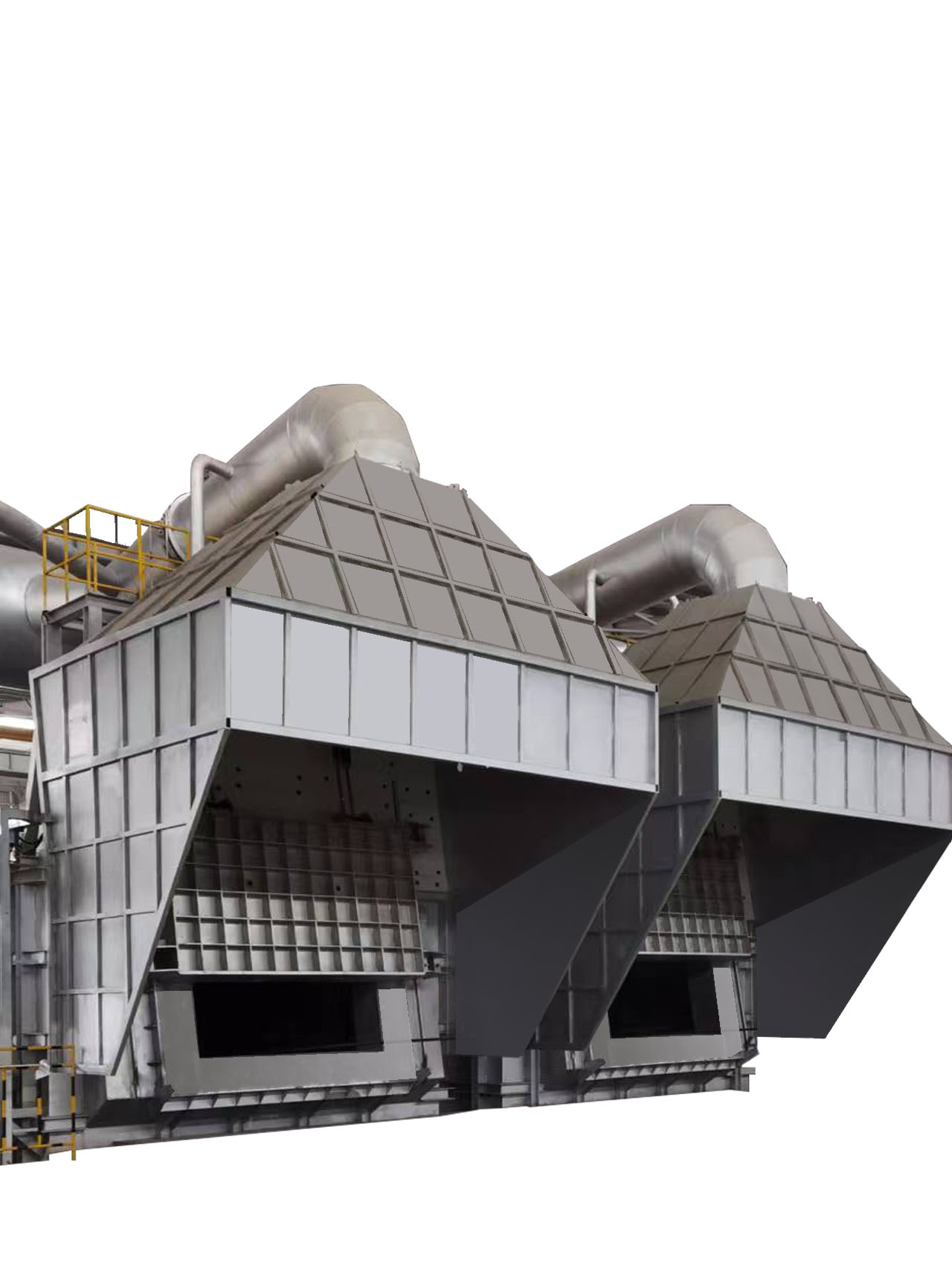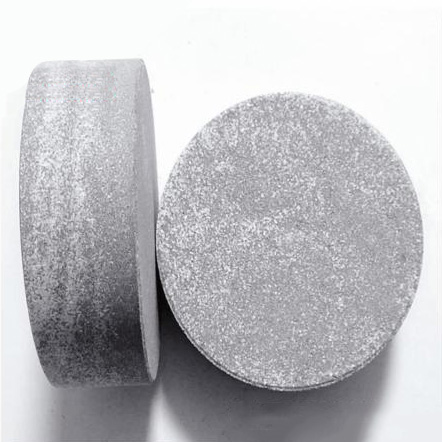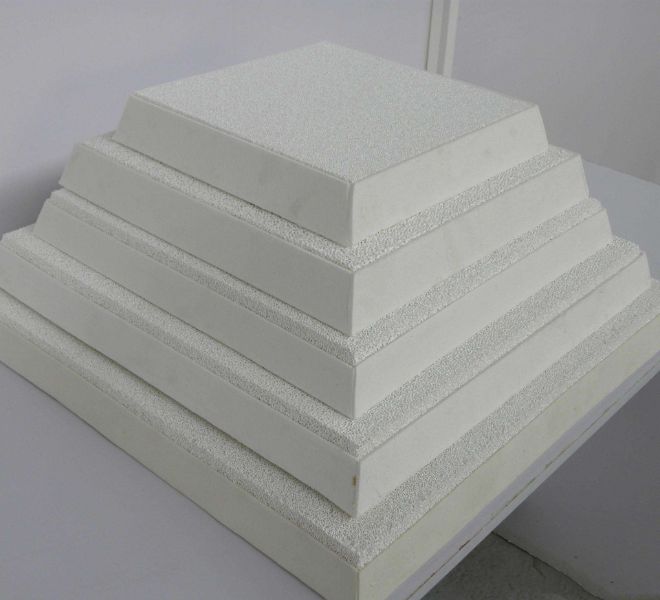(1) Preparation for melting furnace
(2) The furnace heated should be completed before adding materials and all furnace materials should be prepared.
It must be heated when the furnace are newly built or over-hauled or stop production.
(3) Ingredients and preparation
1. The selection of raw materials must be strictly controlled;
2. The raw materials required for ingredients, including aluminum ingots, magnesium ingots, metal silicon, alloys and other ingredients must be clear. If there is no clear mark, samples must be taken to verify the ingredients before use;
3. First-level scrap: the cut heads and tails of casting ingots in the casting workshop, and the remaining aluminum cast in the furnace, should composition analysis and sampling;
4. Aluminum ingots: grade not less than 99.9%;
5. Self-made Al-Si master alloy, each furnace has chemical composition value;
6. Copper, chromium, iron, manganese, titanium and other metal additives shall be based on the percentage content provided by their suppliers;
7. The raw materials with the above content must be dry, clean, and free of water, soil, oil, etc.
(4) Requirements for the use of raw materials and auxiliary materials
1. Aluminum ingots contain more than 99.90% Al, aluminum-silicon alloys are grade three or above, magnesium ingots are grade three or more, nitrogen is 99.99%, aluminum titanium boron wire contains more than 5% titanium, drossing flux, refining flux, and ceramic foam filter must comply with relevant regulations.
2. Adding raw materials: Mg – in the form of pure magnesium, Si – in the form of master alloy, Ti – in the form of aluminum titanium boron wire
(5) Feeding
1. Before feeding materials, check whether the furnace is clean. Use a furnace cleaning shovel to clean the slag and oxides on the walls, furnace corners, and furnace bottom;
2. After the furnace is stopped, if it is in a cold furnace state, the furnace should be preheated so that the furnace temperature reaches about 700~800℃;
3. First add an appropriate amount of scrap profiles or other scrap materials to make the base. It is best to add it to about 500mm away from the feeding port. Then add large scraps such and ignite at the same time. After ignition, the base material in the shaft furnace will fall quickly. Some large scraps should be added in time, and then aluminum ingots should be added. After starting to add aluminum ingots, the feeding can be continuous or intermittently, but the feeding must keep the empty furnace time no more than 400mm, and the aluminum ingots should be added immediately, then add the large scraps and close the furnace cover. After the melting is completed, turn on the cover for about 20 minutes and stir, then start adding small scraps such as scrap profiles. At the same time, the empty of furnace should be kept small until the scraps are completely added and the furnace cover can be closed.
(6) Cautions for feeding personnel
1. The empty furnace time should be observed at any time in order to timely add materials. Because if the empty furnace time is too long, it will not only increase the exhaust smoke temperature, but also significantly increase energy consumption, increase the temperature of the feeding port, and worsen the operating environment. Moreover, the furnace will be over-temperatured and the furnace lining will be burned.
2. The order of feeding cannot be changed casually. If you add aluminum ingots first without adding scraps to the bottom, the bottom of the furnace will be damaged quickly. If aluminum ingots instead of most scraps are added last, the melting time will be extended. As a result, the empty time of the furnace is prolonged, which affects the life of the furnace, increases energy consumption, and significantly increases burning loss. Refractory alloy ingots can be added directly after placing materials, such as silicon, manganese, copper, etc., so that the alloy ingot will be pressed under the aluminum ingot to slowly melt, reducing its burning loss. Alloys that are easy to melting and burning such as magnesium ingots, are directly added to the aluminum liquid from the furnace door.
3. Pay attention to the temperature of the furnace, the temperature of the aluminum liquid in the molten pool, the melting speed, the furnace pressure, the flame temperature and the material conditions in the furnace at all times, so as to promptly adjust the flame size to prevent equipment damage and the production of waste products;
4. During the normal charging process, if the charge in the furnace does not fall for a long time and the flame rushes out of the charging port, it is likely that the material is stuck in the furnace. You should immediately impact it with an iron rod from the top of the furnace. If this does not work, you should turn off the heat preservation, use the melting burner to heat to prevent the molten aluminum from overheating until the charge falls. At this time, you should be careful about the molten aluminum splashing at the furnace door and injuring people.
(7) Smelting furnace ignition and adjustment
1. Close the air valve, open the furnace door and top cover, start the fan to blow away the accumulated oil in the furnace, and turn off the fan;
2. Ignite the fire from the ignition hole, slowly turn on the fan, open the oil valve and after the ignition is successful, adjust the amount of oil and air so that a small amount of flames and a small amount of smoke are ejected from the furnace. Close the furnace door and enter normal smelting
3. Melt
During the heating and melting process should stir often, and move the unmelted large aluminum metal to the high-temperature area to accelerate the melting. After all the materials are melted (the temperature of the molten aluminum should not exceed 730~750°C at this time). Use a layer of drossing flux to separate the aluminum slag and clean up the slag on the surface of the aluminum liquid. Then put the silicon and magnesium ingots into the aluminum liquid. Add the magnesium ingot and stir evenly. Use a spatula to press the magnesium ingot under the aluminum liquid to prevent burning damage.
(8) Stir
1. After the metal additives and magnesium ingot are added and completely melted, the melt must be stirred evenly and thoroughly. During stirring, the spatula must not be exposed to the liquid surface and must move smoothly to eliminate dead corners;
2. To ensure uniform and continuous alloy composition, the stirring time is required to be 30 minutes.
(9) Refining
1. Use 2 bottles of nitrogen for each furnace of molten aluminum, adjust the pressure to 0.3~0.5mpz, and boil for 20~25 minutes. The exhaust pipe moves smoothly back and forth in front of the molten pool without leaving any empty space. The refining process must be refining. The temperature of the molten aluminum in the furnace should be in the range of 730 to 750°C;
2. After the refining flux is sprayed, nitrogen gas should be continued for about one minute to completely remove the residual refining flux in the pipe, and then the refining pipe should be evacuated from the melt and the nitrogen gas should be turned off;
3. After refining, the surface should be removed and a layer of covering flux should be sprinkled on the melt surface.
(10) Adjust ingredients
The test results must comply with the provisions of the “Internal Control Standard for Chemical Composition of Aluminum Alloys”
Post time: Oct-11-2023







